Movies by Stan Brakhage
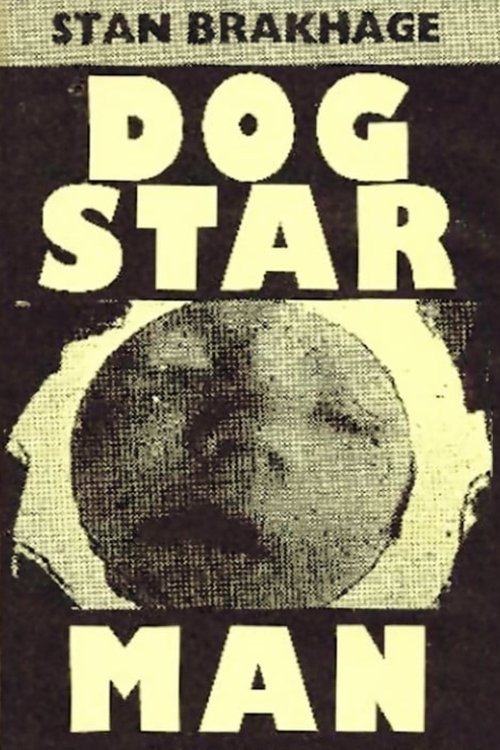
Dog Star Man
Experimental film following a cycle of seasons as well as the stretch of a single day as a man and his dog slowly ascend a mountain.
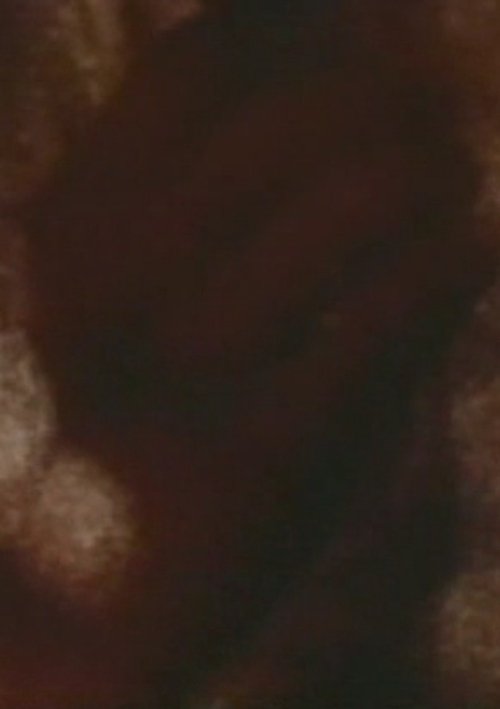
Song 5
SONG 5: A childbirth song (the Songs are a cycle of silent color 8mm films by the American experimental filmmaker Stan Brakhage produced from 1964 to 1969).

The Stars Are Beautiful
We move back and forth between scenes of a family at home and thoughts about the stars and creation. Children hold chickens while an adult clips their wings; we see a forest; a narrator talks about stars and light and eternity. A dog joins the hens and the family, while the narrator explains the heavens. We see a bee up close. The narrator suggests metaphors for heavenly bodies. Scenes fade into a black screen or dim purple; close-ups of family life may be blurry. The words about the heavens, such as "The stars are a flock of hummingbirds," ...
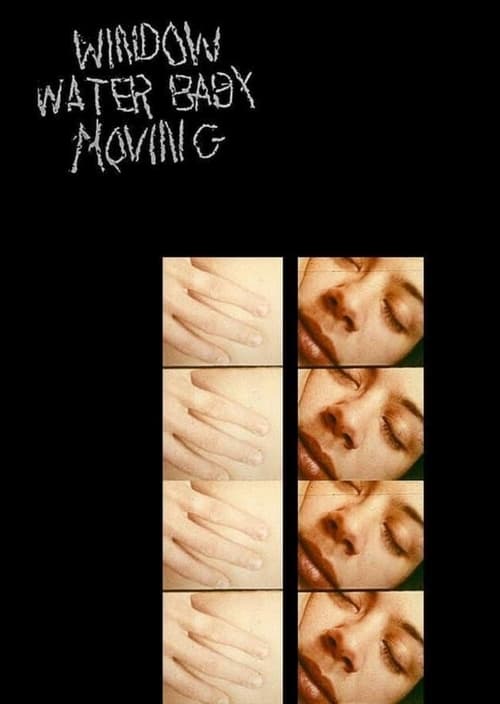
Window Water Baby Moving
On a winter's day, a woman stretches near a window then sits in a bathtub of water. She's happy. Her lover is nearby; there are close ups of her face, her pregnant belly, and his hands caressing her. She gives birth: we see the crowning of the baby's head, then the birth itself; we watch a pair of hands tie off and cut the umbilical cord. With the help of the attending hands, the mother expels the placenta. The infant, a baby girl, nurses. We return from time to time to the bath scene. By the end, dad's excited; mother and daughter rest. Pr...

The Wonder Ring
An important early film by Stan Brakhage, which Joseph Cornell commissioned as a record of New York's Third Avenue elevated train before it was torn down. Curiously lacking in people, the film focuses on the rhythms of the ride and reflections in train windows, finding a real-world version of the superimpositions Brakhage would later create in the lab. Preserved by the Academy Film Archive in 2005.

Interim
A young man meets a young woman under a bridge by a railroad. They shelter from the rain and exchange a kiss. The man grows sullen and leaves. The film starts with him and ends with her. It’s a straightforward anecdote told in traditional ways, the likes of which he’d forsake forever; that is, it uses actors, a soundtrack with music and post-dubbed sound effects, a photographer who frames everything professionally and a coherent edited narrative.

Confession
"Firstly, I revealed in salutary confession the secret filth of my misdeed, which had long been festering in stagnant silence; and I made it my custom to confess often, and thus to display the wounds of my blinded soul..." (Petrarch, 1352, in a letter to his brother). I wish to avoid any "classical" misunderstandings of the above quote by stating clearly here that any sacrifice of love is, yes, "filth" or at the very least "misdeed." An academic reading of Petrarch tends to bias thought that there are kinds of love which might be wrong: I do...
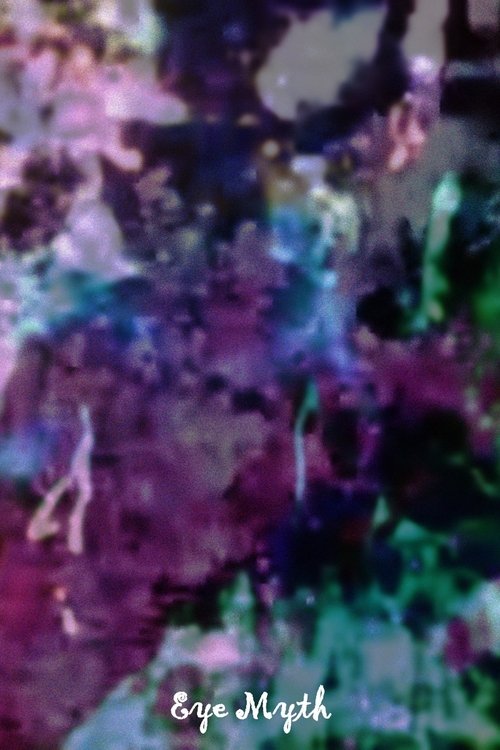
Eye Myth
After the title, a white screen gives way to a series of frames suggestive of abstract art, usually with one or two colors dominating and rapid change in the images. Two figures emerge from this jungle of color: the first, a shirtless man, appears twice, coming into focus, then disappearing behind the bursts and patterns of color, then reappearing; the second figure appears later, in the right foreground. This figure suggests someone older, someone of substance. The myth? Preserved by the Academy Film Archive in 2012.

The Act of Seeing with One's Own Eyes
At a morgue, forensic pathologists conduct autopsies of the corpses assigned.

Visions in Meditation #3: Plato's Cave
Brakhage begins here with Carlsbad Caverns as a stand-in for Plato's Cave and then responds to the philosopher's notion of inaccessible ideal forms by seeking out imagery that evokes worlds we cannot see.

The Way to Shadow Garden
This way madness - or experimental filmmaking - lies. A solitary man in coat and tie enters an apartment. It's midnight. He appears agitated and distraught. He throws a glass of water in his face and laughs. He takes off the coat and tie. His moods swing. He stares at a light bulb. He removes his shirt. He lights a cigarette. He looks at a book. He does something drastic and self-destructive. He opens doors to a garden.

The Mammals of Victoria
The film begins with a series of horizontally running ocean tide waves, sometimes with mountains in the background, hand-painted patterns, sometimes step-printed hand-painting, abstractions composed of distorted (jammed) TV shapes in shades of blue with occasional red, refractions of light within the camera lens, sometimes mixed with reflections of water. Increasingly closer images of water, and of light reflected off water, as well as of bursts of fire, intersperse the long shots, the seascapes and all the other interwoven imagery. Eventual...
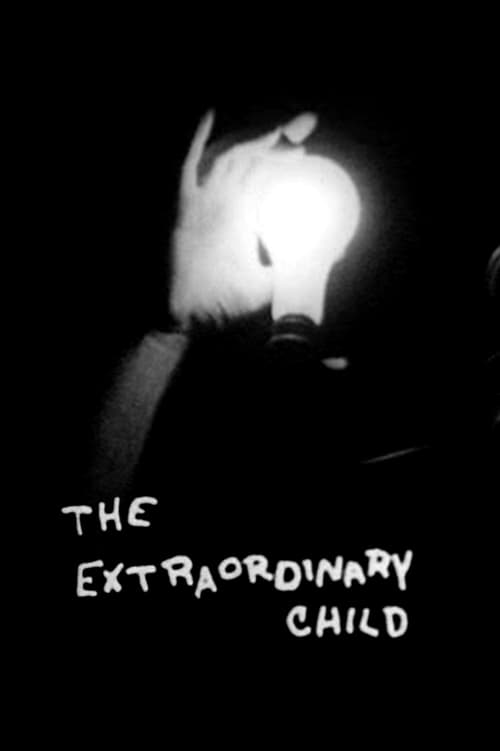
The Extraordinary Child
The Extraordinary Child applies his developing style to broad slapstick. His friends from the previous films and the director himself play out a riotous farce about an overgrown baby who steals his father’s cigars. Everyone mugs hilariously. The movie could be taken as another example of the Romantic notion of the artist as a monstrous child or misfit, or a parody of the same rather than the personal confessional statement seen so often in these film movements.

Mr. Tompkins Inside Himself
In “Mr. Tompkins Learns the Facts of Life”, Mr. Tompkins learns about biology. In a wild and entertaining dream, his creator, author George Gamow, sends him through his own blood steam to investigate how his body really functions. Professor Igor Gamow and legendary filmmaker, Stan Brakhage, made the film “Mr. Tompkins Inside Himself” based on George Gamow’s book. The film includes an introduction by George Gamow, himself.
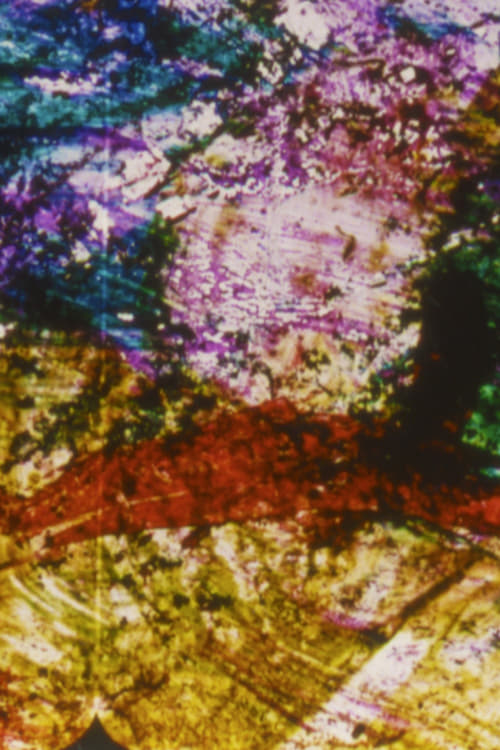
Three Homerics
This film is composed of three sections created to accompany a piece of music (by Barbara Feldman) on a Homeric poem.
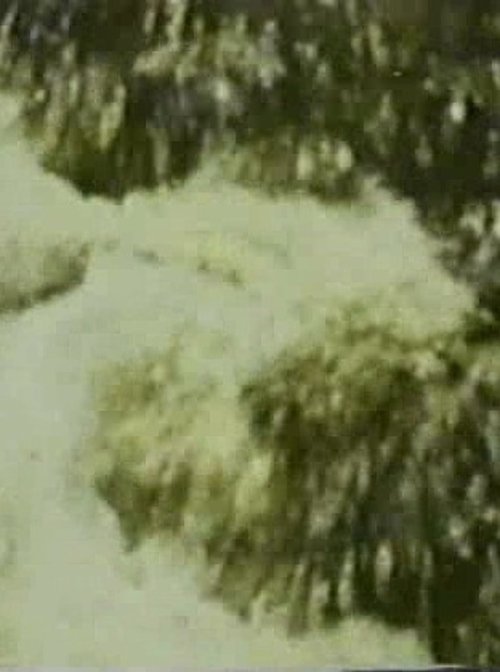
Song 3
SONGS 2 & 3: Fire and a mind’s movement in remembering (the Songs are a cycle of silent color 8mm films by the American experimental filmmaker Stan Brakhage produced from 1964 to 1969).
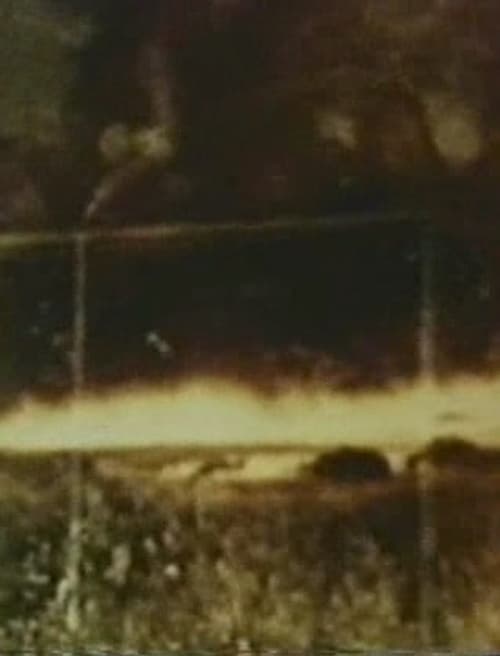
Song 2
SONGS 2 & 3: Fire and a mind’s movement in remembering (the Songs are a cycle of silent color 8mm films by the American experimental filmmaker Stan Brakhage produced from 1964 to 1969).

Song 1
SONG 1: Portrait of a lady (the Songs are a cycle of silent color 8mm films by the American experimental filmmaker Stan Brakhage produced from 1964 to 1969).
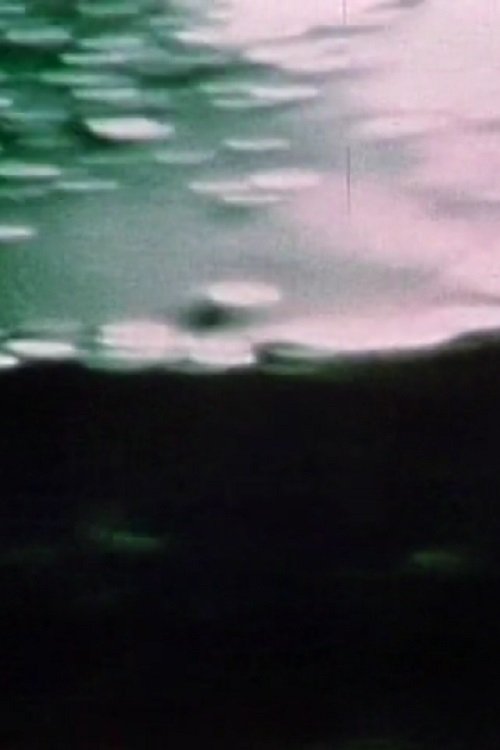
Window
"This is taking a Super 8mm camera around with me wherever I go and I'm very interested in windows at this time of travel, and I'm trying to make a variety of different statements about the concept of window." - S.B.

23rd Psalm Branch
Made during the height of the Vietnam War, Stan Brakhage has said of this film that he was hoping to bring some clarity to the subject of war. Characteristically for Brakhage there is no direct reference to Vietnam.